Conversational Marketing 101

The Valdosta HubSpot User Group recently hosted Conversational Marketing 101. Attendees learned how to use the latest messaging tools to build better relationships with prospects and customers alike. Get the takeaways and watch the presentation in this post.
The Valdosta HubSpot User Group recently hosted the lunch 'n learn event, Conversational Marketing 101.
Diana Zalaquett, HubSpot Customer Success Manager, presented the engaging workshop centered around the latest changes in technology used to power real-time conversations and improve the customer experience. During the workshop, professionals learned what conversational marketing is, why their business needs it, and how to use it to build better relationships with their target audiences.
So, What Do I Need To Know?
There is a lot to learn when it comes to conversational marketing, but there are four key points that can help get you started.
1) Understand The Rise Of Messaging
The way in which we communicate has changed drastically. We now live in an on-demand, want-it-now, era of convenience.
What is Conversational Marketing?
Quite simply, it's building 1-to-1 relationships at scale, often using chatbots.
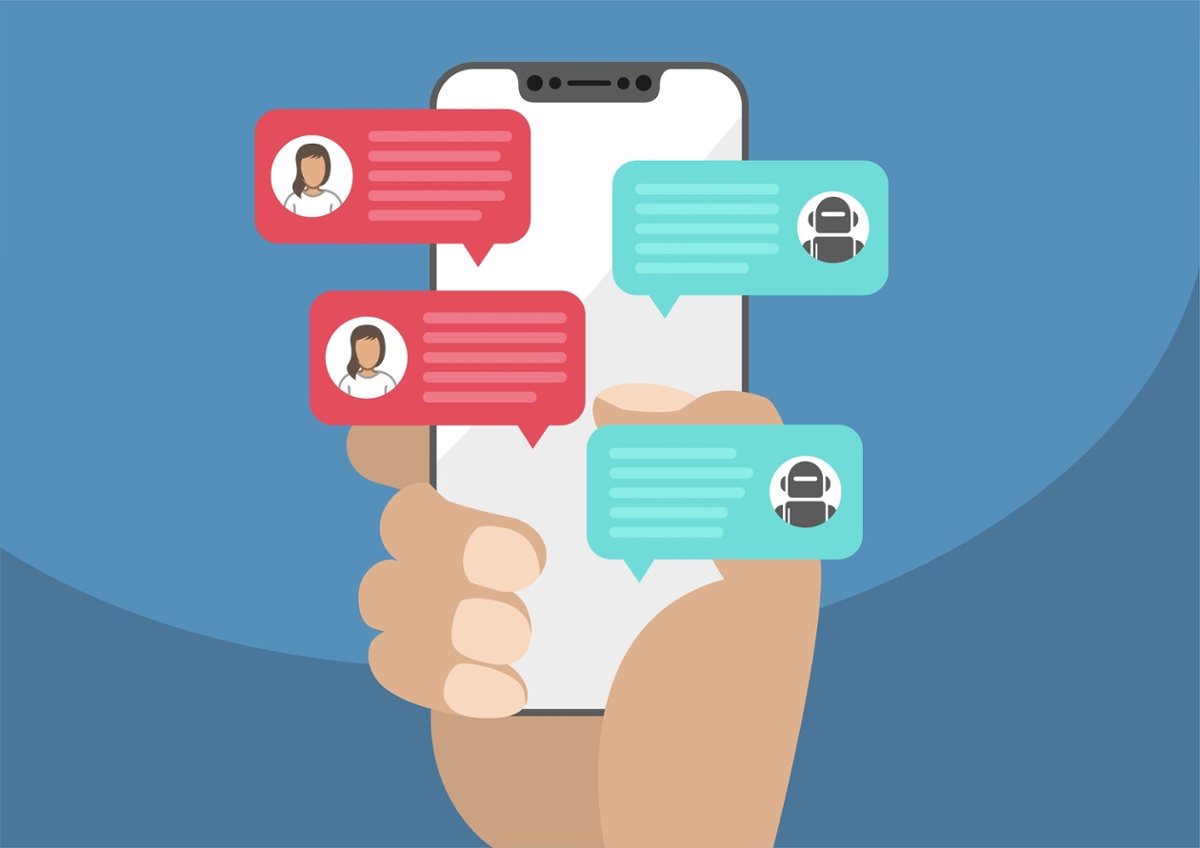
Why is Conversational Marketing Effective?
Customer expectations have changed. In particular, messaging is changing what consumers expect from companies. Conversational marketing helps meets these new expectations. It's one of the biggest shifts in the past ten years.
Think about how consumers use their phones today – it's changing how people interact and engage with businesses. Consumers prefer shorter, back and forth, immediate chats to calls or emails. According to Twilio, 9 out of 10 customers want to reach a business through messaging and 51% want to reach a business 24/7.
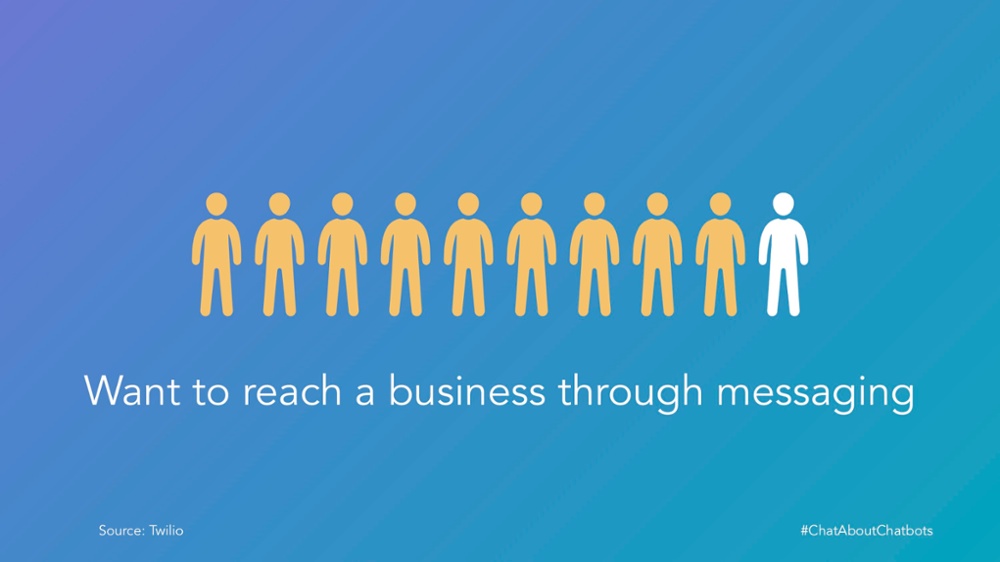
But what hasn't changed is that people still want to do business with people they know. With the rise of messaging and marketing 1-to-1 (versus 1-to-many), meeting your customers where and when they are is more important than ever. 77% of customers will not make a purchase on a website if no live chat is available. In fact, messaging is one of the few things that people do more than social networking.
2) Identify Your Biggest Opportunities
What you may not know is that while 77% of customers won't purchase without live chat, only 9% of companies use live chat on their website. Clearly there's an opportunity here.
How to get started
Think on how your business reaches and communicates with customers today.
- Identify repeatable interactions. Review the questions you are commonly asked. Start with your FAQs. You could also talk to your sales or customer support teams and see what questions they commonly field.
- Determine predictable processes or problems. Pinpoint where you can solve specific problems. Processes such as customer onboarding are a good place to begin.
- Find what will have the most impact. Determine what is going to add real value to the business. Using chat to amplify your lead generation efforts (as an addition to a contact form), can make a difference in the bottom line.
Chatbots are a great fit for conversational content, lead generation, and e-commerce. Do not rely on it for product outages, billing help, or in-depth sales conversations.
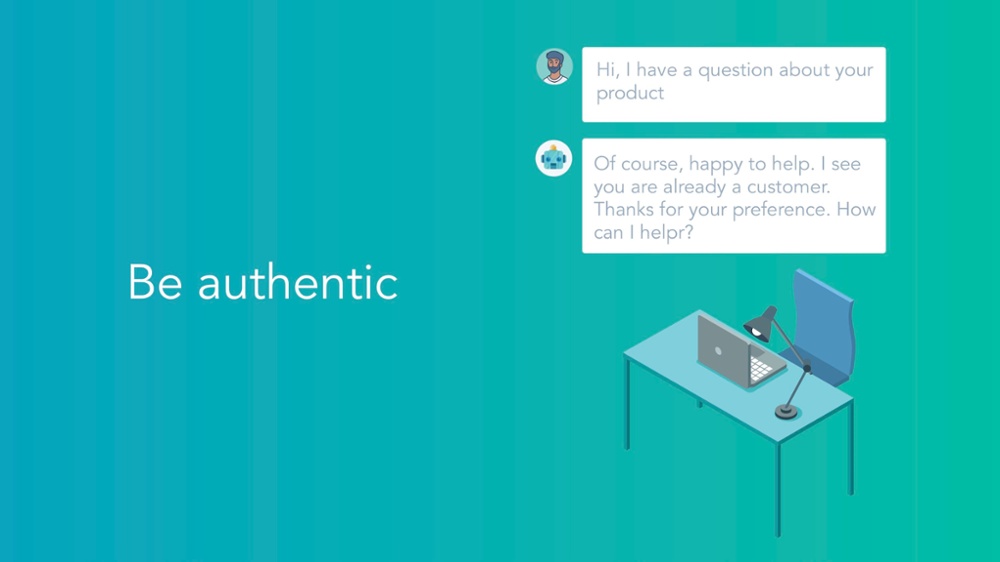
How to manage chat
Just implementing a chatbot or live chat is not enough. You must be mindful of how you'll use it. Follow these three principles of conversational strategy:
- Be adaptable. Branch out beyond your website. Investigate using Messenger on your Facebook page or being active within Instagram direct messages, for instance.
- Be available. Don't set up chat only to never return. The illusion that you're available can be worse than not having chat at all.
- Be authentic. Remember, we're using chat (whether it's a bot or a live person) to help build real, long term relationships.
All in all, knowing and adapting to your customers is the new competitive advantage. Use chat to meet your customers where they are.
3) Learn From This Case Study
Recently, HubSpot teamed up with Facebook to deliver a short series of live video content. They opened up sign ups for the event on Facebook Messenger, creating a more delightful experience for those registering. It was a great fit because conversations are a natural way to collect information.
Watch Diana's presentation (linked here and embedded at the bottom of this post) for the results.
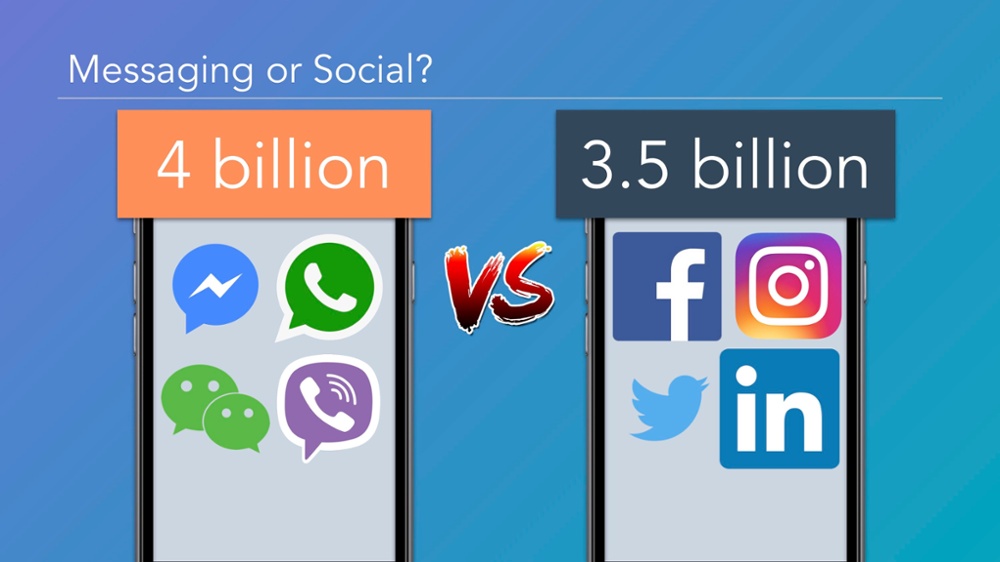
4) Start Getting More Messages
There are many tactical ways you can begin receiving more messages. Here are some ways to get going:
- Add a message button to your Facebook page.
- Install customer chat on your website.
- Implement "Send to Messenger" calls-to-action (CTAs) on your website.
- Run a "Send to Messenger" campaign on Facebook and evaluate the effectiveness for your audience.
- Use free tools like HubSpot Bots or ManyChat.
I Want To Know More
Watch HubSpot Customer Success Manager Diana Zalaquett's presentation to learn how to use today's messaging tools to build better relationships with prospects and customers.
Time to Chat!
With new tech always on the rise, it can be tough for even the savviest of marketers to know what's a passing fad and what trends are here to stay. It's safe to say, now's the time to start thinking about (and implement!) your conversational marketing strategy.
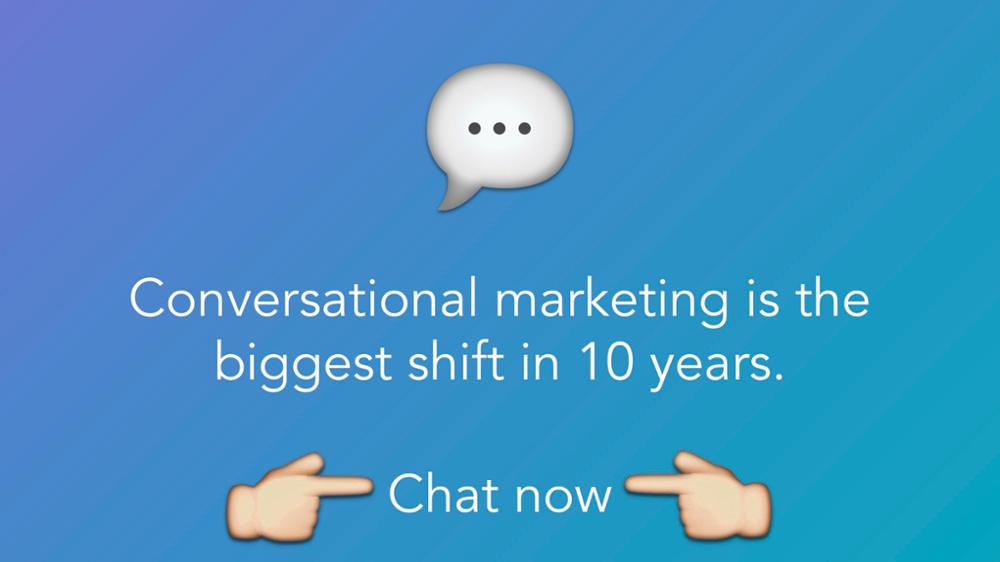
We'll let you know when it's time for the next Valdosta HubSpot User Group Meeting.
